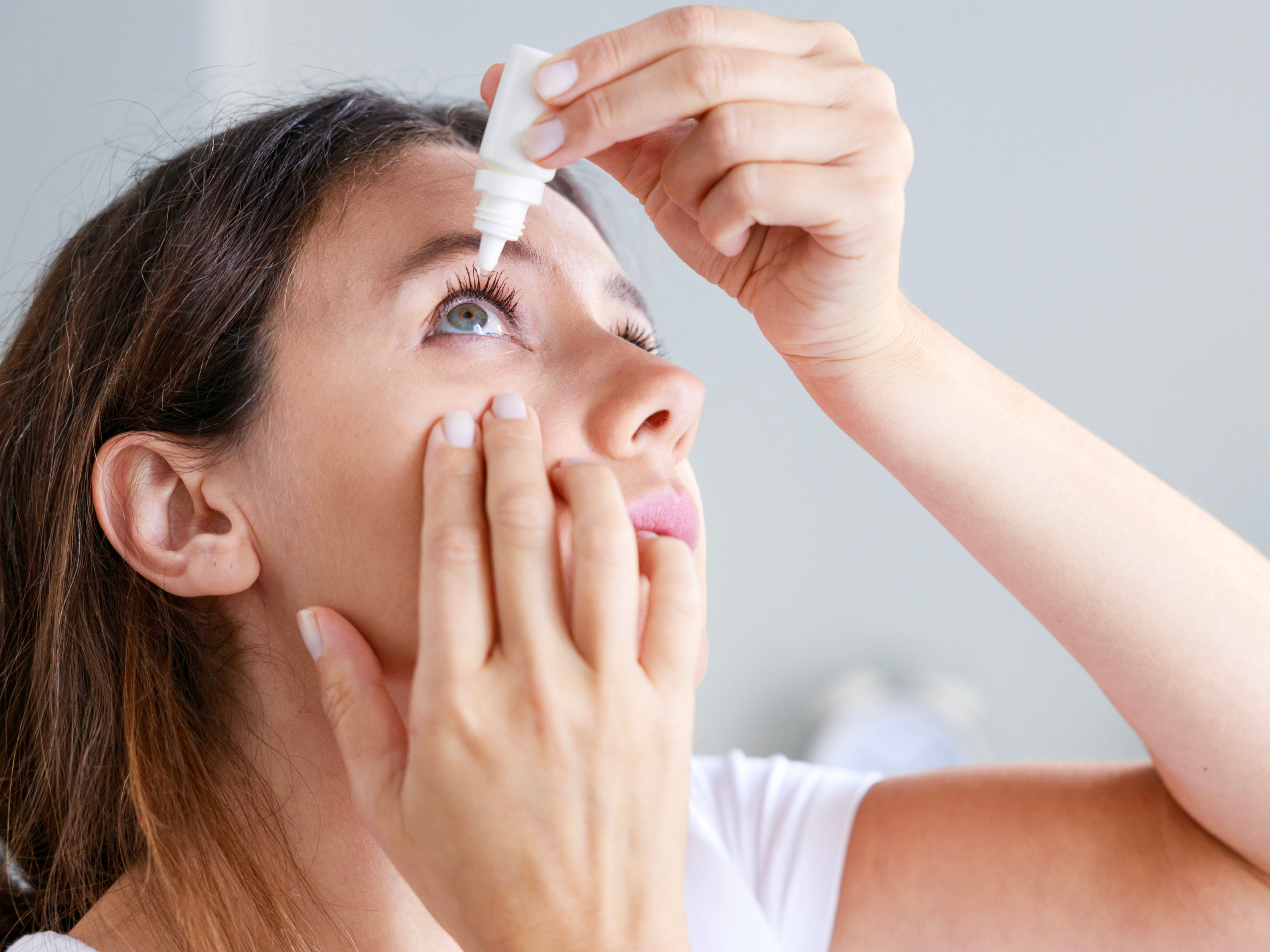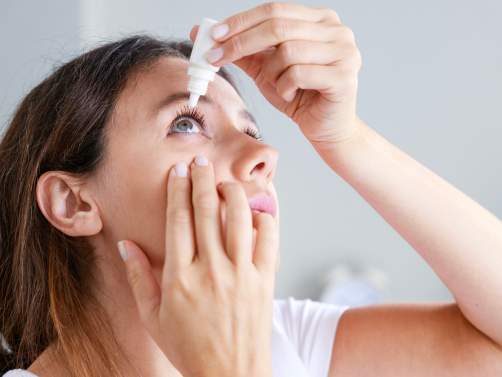Your eyes are delicate and exposed, making them especially vulnerable to sudden injuries — whether from chemical splashes or small foreign objects like dust, metal shavings, or wood splinters. Knowing how to respond quickly and correctly can protect vision, reduce damage, and prevent long-term complications. Here’s a simple guide to handling common eye emergencies safely and effectively.
1. Chemical Splashes
If chemicals (like bleach, cleaning agents, or industrial substances) get into the eye, immediate action is critical.
- Flush the eye immediately: Use clean, lukewarm water or saline. Hold the eyelid open and rinse continuously for at least 15–20 minutes.
- Avoid rubbing: This can worsen irritation or spread the chemical further.
- Remove contact lenses if present, but keep flushing the eye.
- Seek medical attention immediately: Even after rinsing, a healthcare professional should assess chemical eye injuries.
2. Foreign Objects (Dust, Metal, Wood, Sand)
Particles in the eye can scratch the cornea or cause infection if not handled carefully.
- Do not rub the eye: This increases the risk of scratching delicate tissues.
- Blink or rinse: Sometimes blinking or gentle rinsing with clean water or saline will flush out the particle.
- Pull the upper lid over the lower lid: This may encourage natural tearing to remove the object.
- Avoid using fingers or tweezers: If the object is embedded or doesn’t come out with rinsing, get medical help right away.
3. Signs You Need Emergency Care
- Persistent pain, redness, or tearing
- Vision changes or blurring
- Embedded objects or large debris
- Chemical burns or severe irritation
- Sensitivity to light
If any of these occur, seek immediate professional help — don’t delay.
Extra Tips for Prevention
- Always wear safety goggles when working with chemicals, power tools, or in dusty environments.
- Keep household chemicals out of children’s reach and use them in well-ventilated areas.
- Know where your nearest eyewash station or clean water source is, especially in workplaces.
Fast, informed action can make the difference between full recovery and permanent vision loss. Learning proper first-aid steps gives you the confidence to act decisively in these situations.
Master Injury Care.
Book your spot in our Adult CPR & First Aid Course with Survival CPR today.
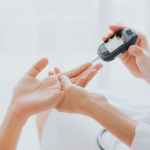
Managing a Diabetic Emergency
A quiet coffee break turned critical in seconds.Trauma nurse Catherine Rodwell shares how quick action—and a teaspoon of syrup—helped save a life during a sudden diabetic emergency. Whether you’re a parent, teacher, or just someone who wants to be prepared, this story is a powerful reminder of why first aid
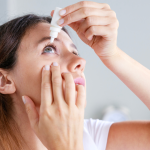
Clear Vision: Eye-Injury Emergency Steps
Your eyes are delicate and exposed, making them especially vulnerable to sudden injuries — whether from chemical splashes or small foreign objects like dust, metal shavings, or wood splinters. Knowing how to respond quickly and correctly can protect vision, reduce damage, and prevent long-term complications. Here’s a simple guide to
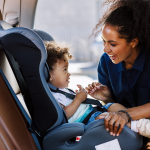
Strap In for Safety: Master Baby Car Seat Use
A correctly installed car seat is your child’s first line of defense on the road. Every year, misuse or poor installation contributes to preventable injuries during vehicle accidents. In this guide, we’ll cover the essentials of choosing, installing, and adjusting your baby’s car seat — so you can drive with
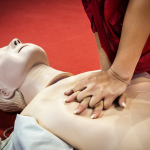
Why Everyone Should Learn CPR
In an emergency, the actions you take in the first few minutes can mean the difference between life and death. Cardiopulmonary resuscitation (CPR) is one of the simplest and most effective ways to help save a life — and yet, many people still don’t feel confident enough to use it

Who & When to Call Emergency Services
In an emergency, every second counts — but knowing when to call for help can make all the difference. Whether it’s a medical crisis, accident, or unexpected health scare, many people hesitate or second-guess themselves in the moment. That delay can be dangerous. The truth is, it’s better to call
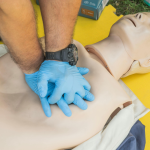
Top 5 CPR Myths Debunked!
When it comes to CPR (Cardiopulmonary Resuscitation), misinformation is everywhere. These myths can prevent people from stepping in to help when every second counts. At Survival CPR, we believe knowledge is power—and in this case, it could be life-saving. Separate fact from fiction and empower yourself to act confidently
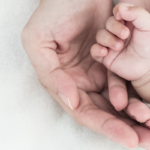
About
Welcome Founded in 2001 by Sister Catherine Rodwell, a seasoned trauma and ICU expert with extensive experience in medical evacuations across Africa, Survival® CPR is dedicated to empowering individuals with life-saving skills. Her mission is to equip parents, nannies, childminders, teachers, and employees with the knowledge and skills to respond

Scholars CPR and First Aid Course
Scholars CPR and First Aid Course Children can save lives! Our Scholars CPR and First Aid Course is tailor-made for young children from the age of 9 to 18. This vital course will enable young and older children to know how to handle an accident or emergency involving children and
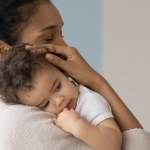
Baby and Child CPR and First Aid Course
Baby & Child CPR and First Aid Course Our Baby and Child CPR and First Aid Course is tailor-made for parents. This vital course will teach a parent how to handle an accident or emergency involving babies and children. You will learn how to handle all First Aid emergencies as

